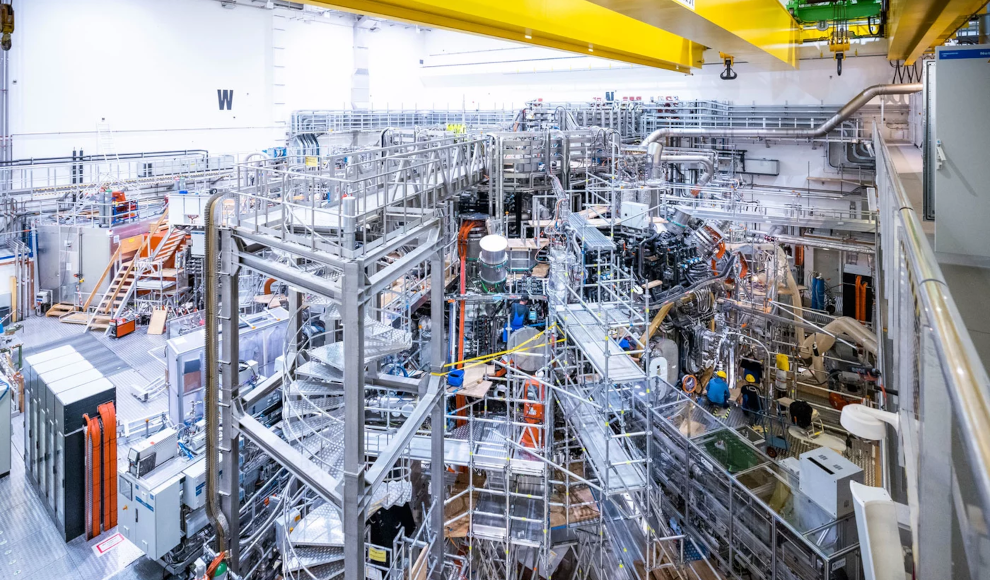Proxima Fusion, a start-up founded by renowned researchers from the Max Planck Institute for Plasma Physics (IPP), the Massachusetts Institute of Technology (MIT), and Google-X, aims to build the first fusion power plant in Germany in the 2030s. According to a recent study commissioned by the Federal Ministry of Education and Research (BMBF), the development and construction of a fusion power plant by 2045 is realistic. However, Proxima Fusion plans to build a fusion power plant much earlier and has announced its intention to develop a new stellarator in the coming years. The start-up, based in Munich, has already raised seven million euros in its first financing round and plans to generate electricity from its first fusion power plant in the 2030s.
Proxima Fusion’s innovative work is largely based on the achievements of the Wendelstein 7-X (W7-X) of the IPP, which is considered the most advanced stellarator in the world. The researchers at Proxima Fusion believe that stellarators have now surpassed the Tokamak principle, which is used in the International Thermonuclear Experimental Reactor (ITER), and can overcome the main problems of Tokamaks. They plan to finalize the first designs for the proposed fusion power plant in collaboration with their partners within the next twelve months.
Proxima Fusion’s ambitious plans have been made possible by the German government’s visionary investments in stellarator technology over the decades, which have made Germany a world leader in this field. The start-up is now building on this expertise to bring fusion energy from stellarators to the grid. With the seven million euros raised in its first financing round, Proxima Fusion is well-positioned to advance its ambitious plans and take on the challenges of building the first fusion power plant in Germany.










